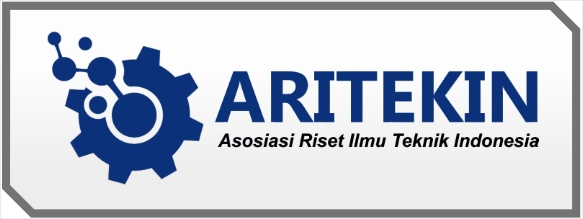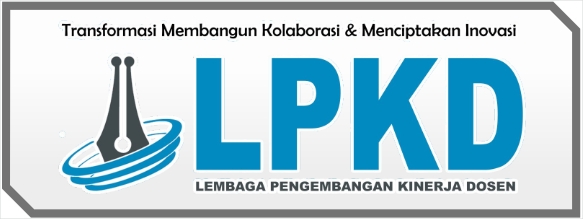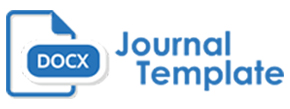Journal Metric & Achievement
Writing Instructions
Instructions for Writers
Journal of Engineering, Electrical and Informatics (JEEI)
General requirements
Authors must attach an ethical clearance statement which can be downloaded on the website of the Journal of Engineering, Electrical and Informatics (JEEI). This guide is not a writing template, and the author can use the template provided on the website of the Journal of Engineering, Electrical and Informatics (JEEI).
Manuscripts that have passed the selection until the end and deserve to be published will be asked for their contribution.
Articles accepted are articles that have never been published and/or are being considered for publication in other journals. Every article that has passed the selection until the end and deserves to be published in the Journal of Engineering, Electrical and Informatics (JEEI) will be charged an article processing fee. If you only submit but do not pass the OJS stage, the author does not need to pay.
At the initial stage, an article format check will be carried out by the Managing Editor and a similarity test of the article using ithenticate. Furthermore, each article will be submitted to Bestari Partners (peer-reviewers) for review. The review by Bestari Partners is carried out anonymously (blind-review), where both parties do not know each other. The results of the assessment from Mitra Bestari will be the basis for an article to be accepted or not accepted in the journal. If needed, the author can always consult with the Editorial Board regarding the process of loading and publishing articles in the journal.
Article manuscripts must meet the instructions for writing a Journal of Engineering, Electrical and Informatics (JEEI), in MS Word format according to the template available on the website. The script file uses the MS Word format until the 2007 edition with the doc format and not docx. Manuscripts must be submitted online through the Open Journal System on the E-Journal portal for the Research Journal of Engineering, Electrical and Informatics (JEEI) (http://ejurnal.stie-trianandra.ac.id/index.php/jeei). Manuscripts of articles written must consist of important parts of a scientific article in the following order:
(i) Article Title,
(ii) Author Name (without title),
(iii) Author Affiliate Address,
(iv) Abstract in Indonesian and English and Keyword,
(v) Introduction,
(vi) Method,
(vii) Results and Discussion,
(viii) Conclusion,
(ix) Politeness, and
(x) Bibliography.
The article manuscript can be written in Indonesian and English with a total of 10 pages including pictures and tables. To maintain the quality of the appearance of articles in the journal, the author must pay close attention to all the writing provisions below.
The Corresponding Author must be marked with an asterisk “*”, and include the email address (see example). All article revisions and final decisions will only be communicated to the Corresponding Author via email. If there is more than one author, all authors' names must be listed, separated by a comma (,), and a "1" or "2" and so on to distinguish their affiliations. The first word of the author (first name) should not be abbreviated. If the author's name consists of only one word, write the actual name in one word, however in the online version of the metadata it must be written in two words containing the same name (repeated).
Layouts. The body of the article should be arranged in one column. This document is prepared in a format that every author should use in their articles. To maintain the quality of the journal's appearance, each article submitted must comply with the following specifications:
- A4 paper size (21 cm x 29.7 cm)
- On page 1, the top margin (the distance between the top of the paper and the top of the first line of the title) is 4.0 cm. While on page 2 and so on, the top margin is 3.0 cm.
- The left, bottom and right margins for all article pages are 2.5 cm.
- The distance for the Header from the edge of the paper is 1.5 cm, while for the Footer it is 2 cm.
- The number of pages for each article is 10 PAGES
- This writing guide file already uses the recommended standard writing rules and formats, so it can be directly used as a template.


.png)
.png)









